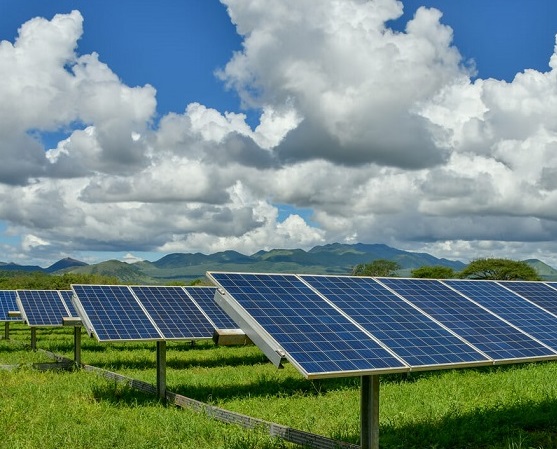- Researchers led by the Air University in Pakistan have come up with a cost-effective approach to determine the cost of powering remote net zero energy (NZE) villages with off-grid solar generators.
- The NZE parameter refers to the balance between the amount of greenhouse gas generated and the amount that is removed from the atmosphere.
The scientists used HOMER optimization software to simulate the technological and economic needs of a remote in Sindh province, Pakistan.
“Sindh, characterized by its arid climate and challenging socio-economic conditions, presents unique obstacles to achieving NZE villages,” they said. “Hence, simulation-based extensive research is required to evaluate the solar power potential and to examine the economic viability.”
The academics chose the small village of Burriro in Jacobabad district. It includes eight houses and three stores, along with a small medical center, school, mosque, and community center.
The scientists estimated the village’s daily electricity load at 64.259 kWh and the peak load at 9.05 kW, using the Global Solar Atlas to determine solar irradiance, which was measured at 6.16 kWh/m2 per day.
Considering the tradeoff between PV module efficiency and price, the researchers conducted their simulation assuming the use of 350W monocrystalline solar panels with a combined capacity of 18.4 kW. To that, they added a 10.7 kW inverter and lithium-ion batteries with a usable capacity of 98.4 kWh.
They also considered a discount rate of 15% and found the off-grid system can be deployed with an initial capital investment of $ 434,000 and a total net present cost (NPC) of $ 511,000. The NPC defines the difference between the present value of cash inflows and the present value of cash outflows over a given period of time.
“The proposed system provides electricity to consumers in remote areas at a unit cost price of $2.26,” the researchers stated. “The standalone renewable system generates about 30,078 kWh/year, with the excess electricity generation of 4,072 kWh/year which enables the studied area to be self-sufficient and independent of the grid.”
The payback period for the proposed system is 7.2 years.
“The findings and conclusions may not be directly applicable to other regions with different climate conditions or resource availability,” the scientists said.
The academics presented their findings in “Building Resilient communities: Techno-economic assessment of standalone off-grid PV powered net zero energy (NZE) villages,” which was recently published in Heliyon.
The research team includes scientists from Iran’s Mehran University of Engineering and Technology, Tun Hussein Onn University of Malaysia, Thailand’s Prince of Songkla University and University Hat Yai, and Saudi Arabia’s King Fahd University of Petroleum and Minerals
Author: Lior Kahana
This article was originally published in pv magazine and is republished with permission.















